Public Employees' Chemical Right To Know Act Page 7
ADVERTISEMENT
could result in an uncontrolled release of a hazardous chemical into the workplace.
(19)
"Hazardous chemical" means any chemical which is a physical hazard or a
health hazard.
(20)
"Hazard warning" means any words, pictures, symbols, or combination
thereof appearing on a label or other appropriate form of warning which convey the
hazard(s) of the chemical(s) in the container(s).
(21)
"Health hazard" means a chemical for which there is statistically
significant evidence based on at least one study conducted in accordance with established
scientific principles that acute or chronic health effects may occur in exposed employees.
The term "health hazard" includes chemicals which are carcinogens, toxic or highly toxic
agents, reproductive toxins, irritants, corrosives, sensitizers, hepatotoxins, nephrotoxins,
neurotoxins, agents which act on the hematopoietic system, and agents which damage the
lungs, skin, eyes, or mucous membranes. Appendix B provides further definitions and
explanations of the scope of health hazards covered by this section, and Appendix C
describes the criteria to be used to determine whether or not a chemical is to be
considered hazardous for purposes of this standard.
(22)
"Identity" means any chemical or common name which is indicated on the
material safety data sheet (MSDS) for the chemical. The identity used shall permit cross-
references to be made among the required list of hazardous chemicals, the label and the
MSDS.
(23)
"Immediate use" means that the hazardous chemical will be under the
control of and used only by the person who transfers it from a labeled container and only
within the work shift in which it is transferred.
(24)
"Label" means any written printed, or graphic material, displayed on or
affixed to containers of hazardous chemicals.
(25)
"Material safety data sheet (MSDS)" means written or printed material
concerning a hazardous chemical which is prepared in accordance with paragraph 12-(g)
of these regulations.
(26)
"Mixture" means any combination of two or more chemicals if the
combination is not, in whole or in part, the result of a chemical reaction.
(27)
"Organic peroxide" means an organic compound that contains the
bivalent-O-O-structure and which may be considered to be a structural derivative of
hydrogen peroxide where one or both of the hydrogen atoms has been replaced by an
organic radical.
(28)
"Oxidizer" means a chemical other than a blasting agent or explosive as
defined in 29 CFR 1910.109(a), that initiates or promotes combustion in other materials,
thereby causing fire either of itself or through the release of oxygen or other gases.
(29)
"Physical hazard" means a chemical for which there is scientifically valid
evidence that it is a combustible liquid, a compressed gas, explosive, flammable, an
organic peroxide, an oxidizer, pyrophoric, unstable (reactive) or water-reactive.
(30)
"Produce" means to manufacture, process, formulate, or repackage.
(31)
"Pyrophoric" means a chemical that will ignite spontaneously in air at a
o
o
temperature of 130
F (54.4
C) or below.
-7-
ADVERTISEMENT
0 votes
Related Articles
Related forms
Related Categories
Parent category: Legal
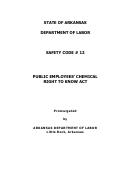 1
1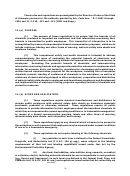 2
2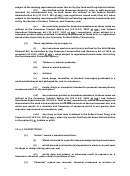 3
3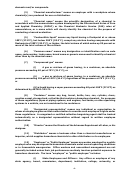 4
4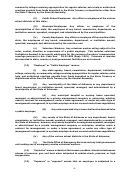 5
5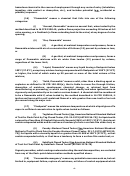 6
6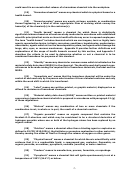 7
7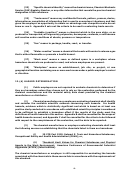 8
8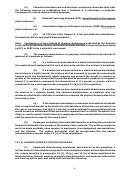 9
9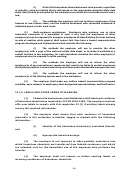 10
10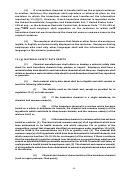 11
11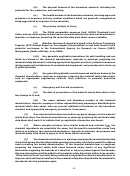 12
12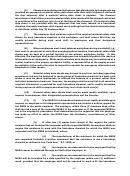 13
13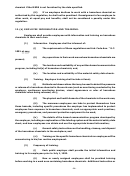 14
14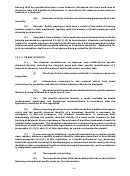 15
15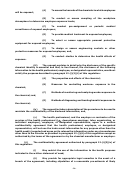 16
16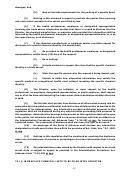 17
17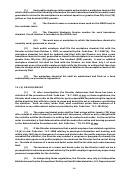 18
18 19
19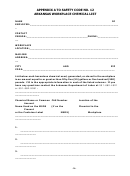 20
20 21
21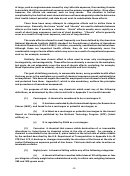 22
22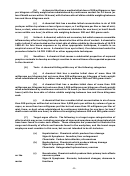 23
23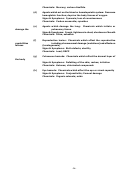 24
24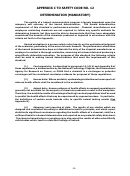 25
25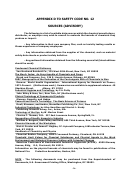 26
26 27
27 28
28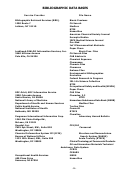 29
29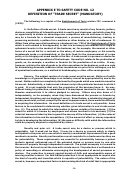 30
30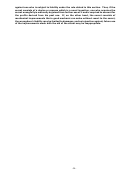 31
31








